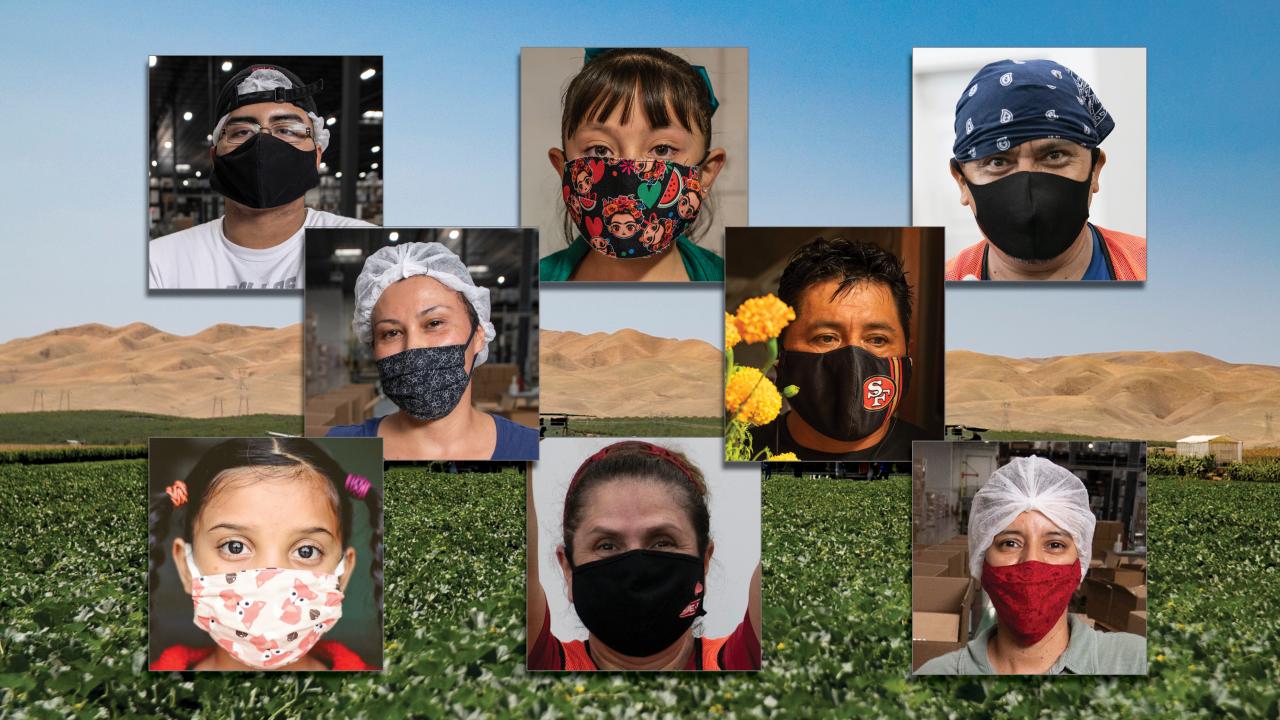
Cover Your Face and Keep Your Space: COVID-19 Safety Reminders for the Holiday Season
As the weather cools and the holidays approach, we look forward to celebrating the season with family and friends. This year, with COVID-19 cases on the rise, we need to take a few extra steps at work and at home in order to share the love without spreading the virus.
COVID-19 can spread easily, especially between people who are within 6 feet of each other, through respiratory droplets when an infected person coughs, sneezes, talks, sings, or even breathes! Remember, it can take 2–14 days for symptoms to develop and some people never develop symptoms (asymptomatic). So, if you’re infected but you don’t feel sick, you can still spread the virus without even knowing it.
At work, make sure to wear a mask that covers your nose and mouth and stay at least six feet away from others. If you carpool to work, be sure to wear a mask, open the windows to let in fresh air, and encourage those in the car to wear a mask too. Are you a grower or a supervisor? You can set a good example for your workers and colleagues by modeling good practices and providing employees with the tools they need to stay healthy and productive.
At home, it’s safest to celebrate the holidays with members of your own household (people that you live with). If you do gather with others, it’s best to visit in small groups in well-ventilated places (for example, outside instead of inside) where people can maintain at least 6 feet of space.
This season, your love for family and community can be as clear as the mask on your face. Who are you wearing a mask for this holiday season? Your family? Your coworkers? It’s a gift to everyone when you cover your mouth and nose and maintain at least 6 feet of distance between yourself and others.
This article was created with support from the WCAHS COVID-19 Statewide Agriculture and Farmworker Education (SAFE) program funded by the California Labor and Workforce Development Agency (LWDA).
